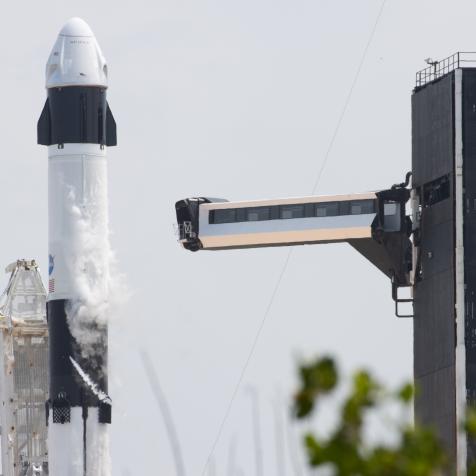
NASA
What to Know About the Crew-1 Spacewalks
We watched last year as the NASA and SpaceX Crew-1 mission launched and docked to the International Space Station. After roughly ten weeks aboard the station, Crew-1 also known as Expedition 64 is now preparing to take their first spacewalk of the year.
on January 27 and February 1, NASA astronauts Michael Hopkins and Victor Glover of Crew-1 are set to be the spacewalkers to handle the necessary upgrades to the outside of the International Space Station. On January 27, Hopkins and Glover will be focused on upgrading the station’s science gear and setting up European science and communications hardware. The two of them are set to configure battery gear and high-definition cameras on the second spacewalk scheduled for February 1.

NASA/ISS
NASA astronauts Victor Glover (left) and Michael Hopkins work on U.S. spacesuit maintenance inside the International Space Station’s Quest airlock.
This morning, Hopkins and Glover will exit the Quest airlock after placing their spacesuits to battery power at 7:00A ET. Following instructions from NASA, the two will maneuver to the Columbus laboratory module and spend about six and a half hours outfitting its Bartolomeo science platform with an antenna as well as cables. While Hopkins has completed two spacewalks before on previous missions, this will be the first one for Glover.
The two NASA astronauts will be supported by their fellow NASA astronaut Kate Rubins and Soichi Noguchi of JAXA. Rubins will command the Canadarm2 robotic arm and Noguchi will provide back up.

NASA/ISS
Expedition 64 Flight Engineer Kate Rubins is pictured with spacewalk hardware inside the Quest airlock where spacewalks in U.S. spacesuits are staged.
Live coverage of the spacewalks can be watched here.


















